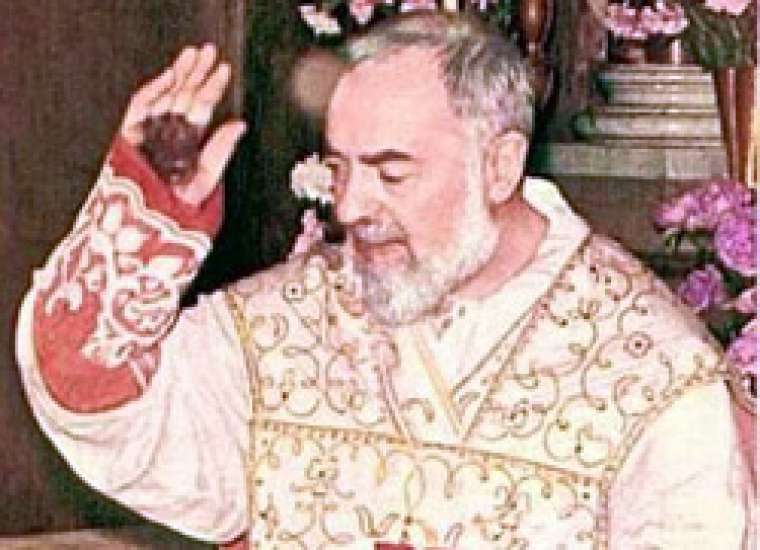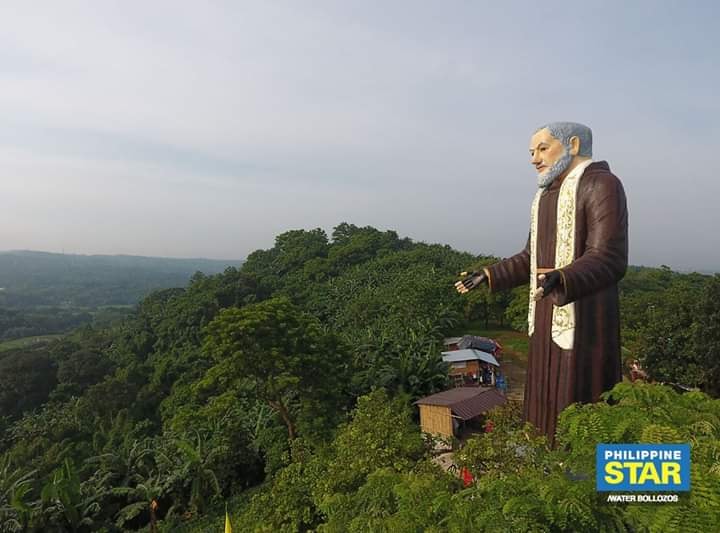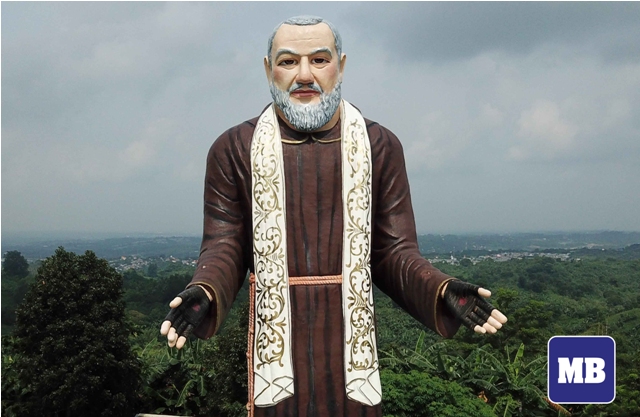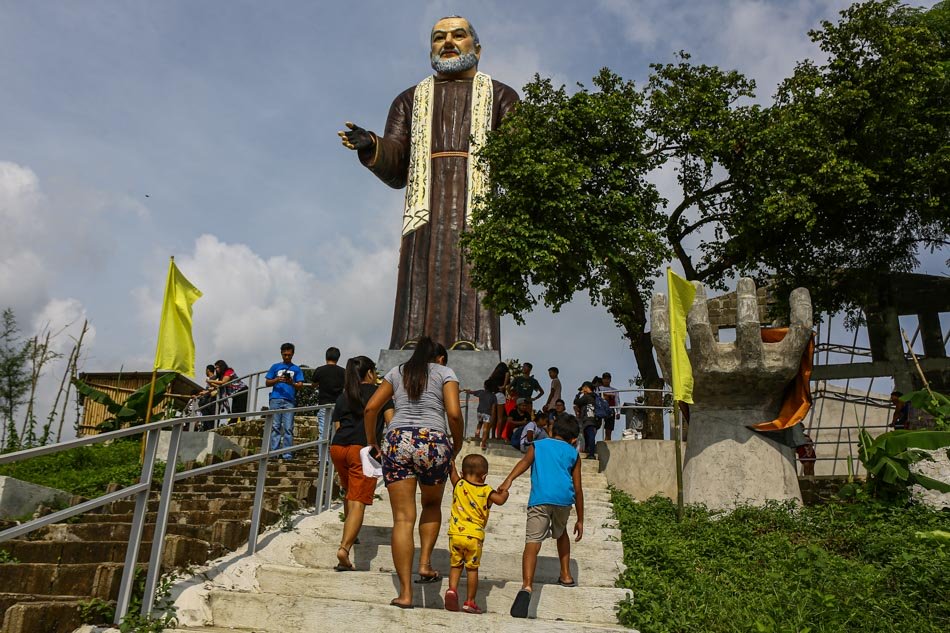Do you know that there is a 50-foot statue of Padre Pio in Bulacan?
Padre Pio – also known as Saint Pio of Pietrelcina was an Italian priest, now venerated as a saint in the Catholic Church. His parents named him Francesco Forgione when he was born on May 25, 1887, in Pietrelcina, a town in the province of Benevento, in the Southern Italian region of Campania.
According to Catholic Online.org, Brother Pio became a priest in 1910, but was permitted to remain at home because of his poor health.
The marks of the stigmata, the wounds of Christ, appeared on Padre Pio’s body, on Friday, September 20, 1918, while he was praying before a crucifix and making his thanksgiving after Mass. He was thirty-one years old and became the first stigmatized priest in the history of the Church. With resignation and serenity, he bore the painful wounds in his hands, feet, and side for fifty years.

By 1919, word began to spread about Padre Pio’s stigmata, and people came from far away to examine him.
Padre Pio became popular with the people he encountered. Soon, some began to attribute supernatural occurrences to him. For example, he was said to levitate, and able to perform miracles.
His popularity became a source of concern for the Church. Thus, the Vatican began to restrict his activities to minimize public interaction. Padre Pio himself was uncomfortable with his newfound popularity and the attention he received because of his stigmata. A Church investigation into his stigmata concluded that his condition was not faked.
According to accounts, blood from the stigmata smelled like perfume or roses – a phenomenon recognized by the Church as the odor of sanctity.
Padre Pio died on September 23, 1968. His funeral was attended by over 100,000 people.
40 years after his death, Padre Pio’s body was exhumed from the grave in March 2008. The exhumation follows the Roman Catholic Church’s standard practice on remains of saints for checking and for veneration as relics. Saint Padre Pio’s body was found intact and not badly decayed despite the years that have passed. His incorrupt body is now displayed in San Giovanni Rotondo in Italy.
Pope John Paul II recognized Padre Pio as a saint on June 16, 2002. His feast day is celebrated every September 23. He is the patron of civil defense volunteers, adolescents, stress relief, January blues, and the village of Pietrelcina.
Padre Pio in Bulacan: A Mountain of Healing
The 50-foot statue of St. Padre Pio in Bulacan stands at the Padre Pio Mountain of Healing. This is found at Barangay Paradise 3 in the City of San Jose Del Monte.

The Padre Pio Mountain of Healing was opened to the public last April 2019. Catholic devotees can visit the place and take the 150-steps leading to Padre Pio’s statue at the top of the hill with a breath-taking view overlooking the mountainous landscape.
It was a popular Holy Week destination when it opened. We can be sure that this Padre Pio in Bulacan will be a popular destination for devout Catholics in the future, with each praying for the saint’s intercession.


If you are planning to go to the Padre Pio in Bulacan, you can check their official Facebook page (Pade Pio Mountain of Healing). Masses are cancelled at the moment due to the pandemic. They will manage the announcement on the resumption of said services and other related activities.